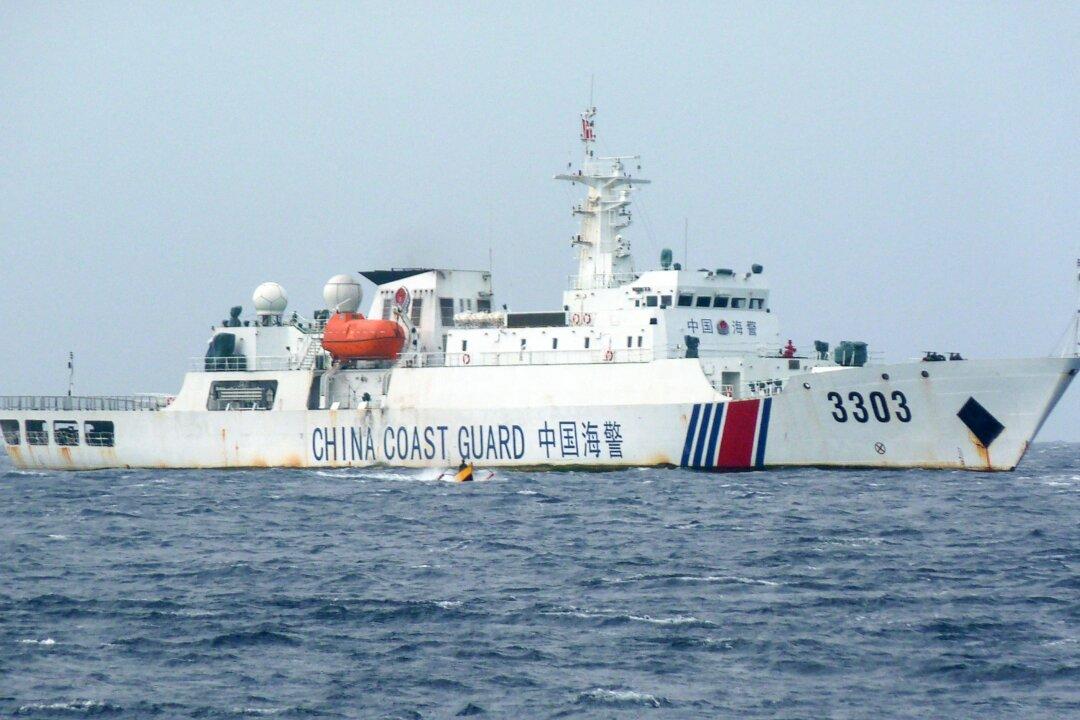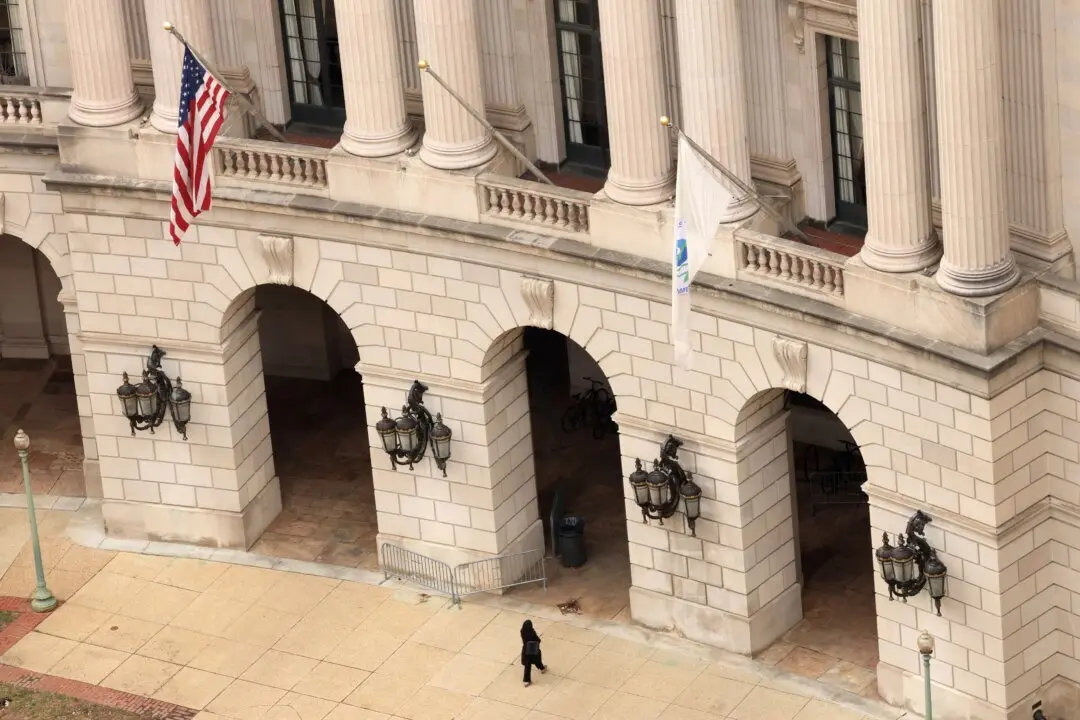A Chinese research ship and five escort vessels were in Vietnam’s exclusive economic zone (EEZ) on Friday close to gas blocks operated by Russian firms in the South China Sea, a day after Vietnam urged the ships to leave.
The Chinese vessel Xiang Yang Hong 10 began operating in Vietnam’s EEZ on May 7, representing the most significant incursion since 2019, according to Ray Powell, who leads Stanford University’s Project Myoushu on the South China Sea.





